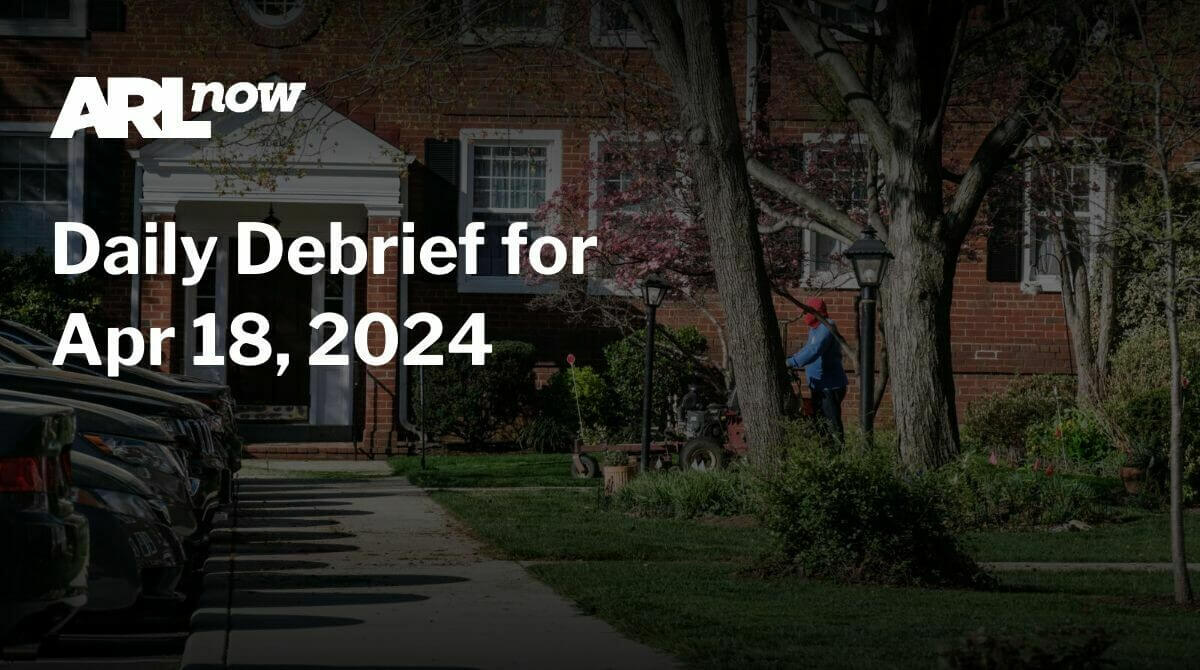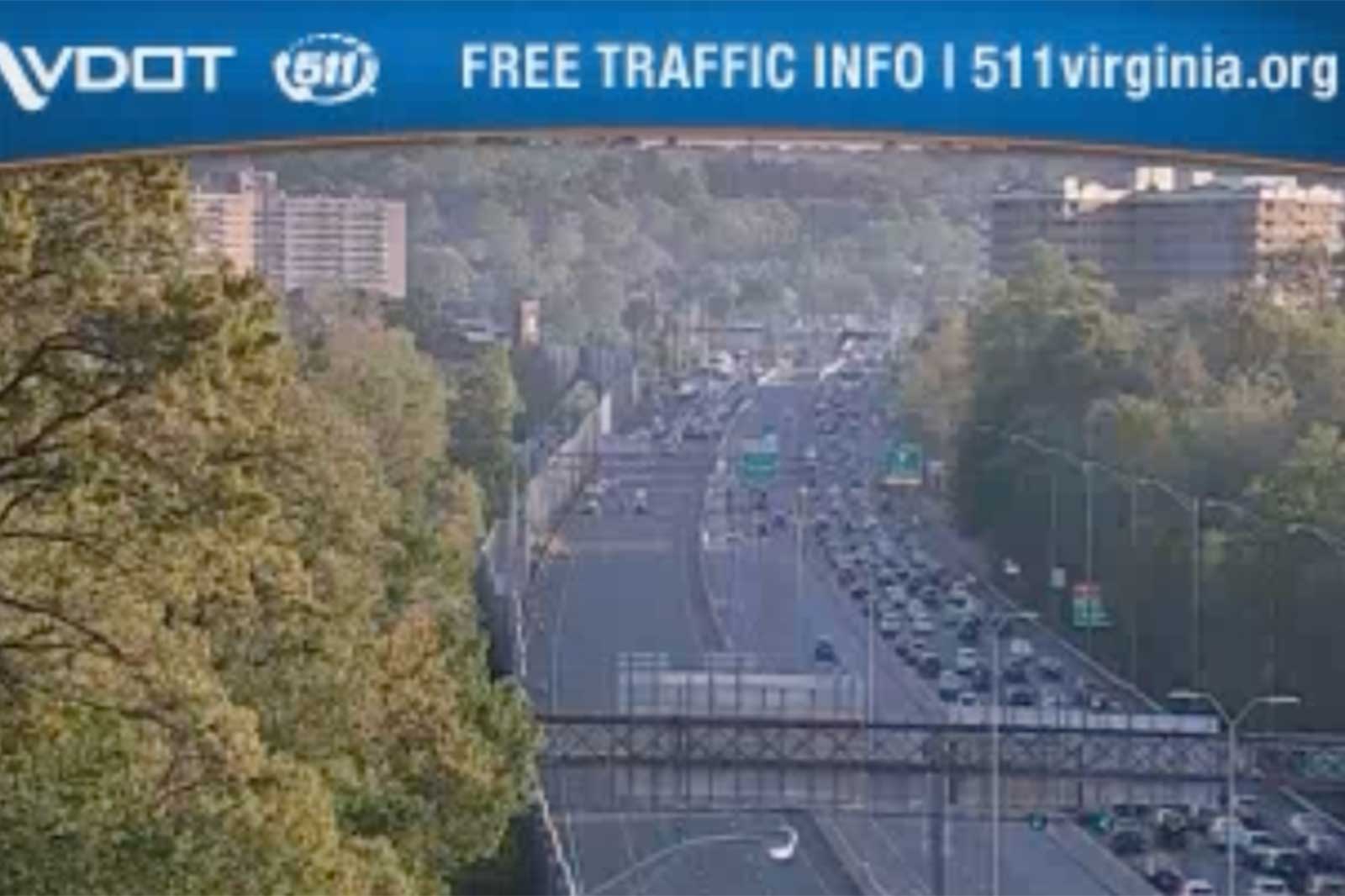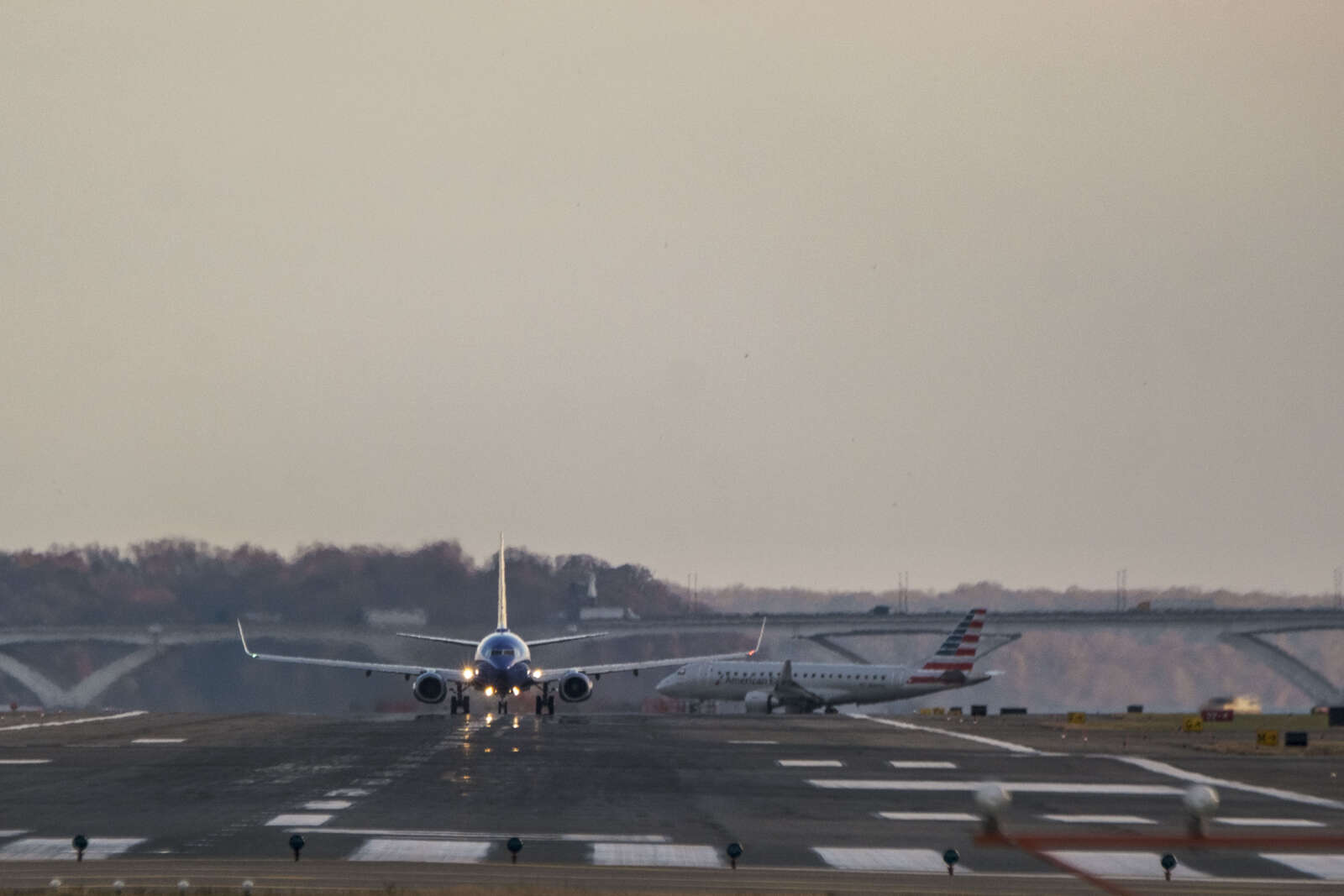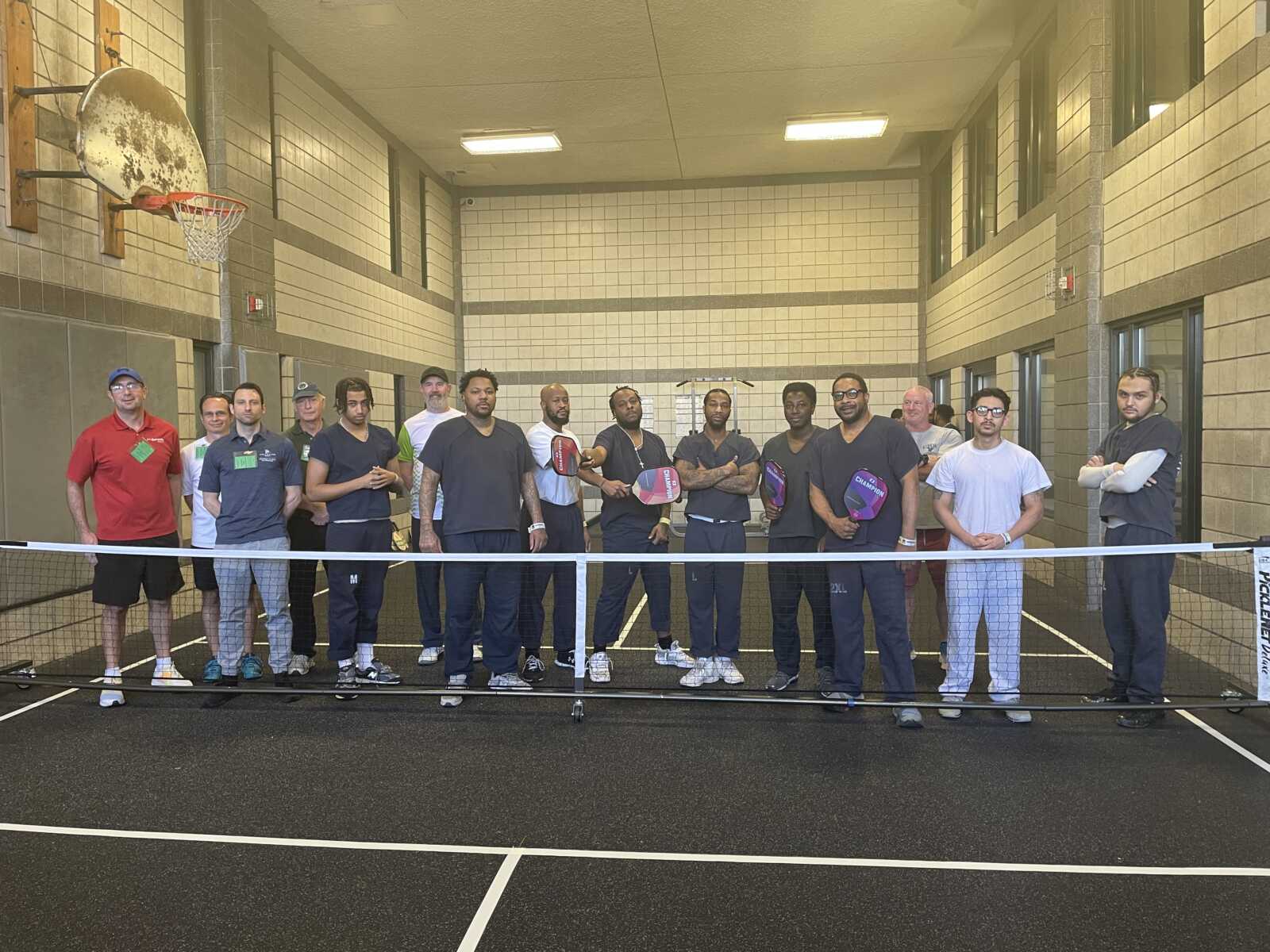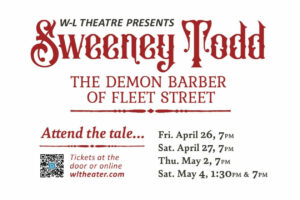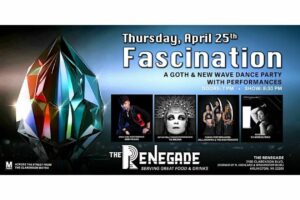
Editor’s Note: This sponsored column is written by Nick Anderson, beermonger at Arrowine (4508 Lee Highway).
Of all the topics we’ve covered in our tour through Belgian beer, and all of the categories yet to come, Abbey and Trappist Ales are going to get the shortest shrift. It’s unfortunate but inevitable; there is simply too much history and nuance within these beers and their breweries to produce one fully comprehensive, properly detailed article without writing a missive that would frankly be too long to hold the beginning beer enthusiasts’ attention. So this week let’s get a relatively brief rundown on what you really need to know about some of the best beers in the world.
Most of our focus is going to relate to Trappist Ales today, but first let’s look at what “Abbey” Ale really means. While there are Abbey Ales that are brewed in monasteries, the Abbey designation can be applied to beers made at a monastery by a secular brewer, by a commercial brewery using a monastery’s name (with requisite compensation, of course), or even commercially made beers with a completely made-up “Abbey” name or simply made in the style of an Abbey Ale. This isn’t to say there’s necessarily anything wrong with or inferior about these beers; it is simply the truth of the situation. The best of these arrangements can produce fantastic beers that bring a glorious tradition to the world: the beers of St. Bernardus for example are among the more popular and acclaimed Abbey Ales out there, but only their Watou Triple is made within the old Abbey walls. The other St. Bernardus beers are made at their adjoining commercial brewery. Popular Abbey Ales include Leffe, St. Feuilien, Brasserie des Rocs, Maredsous and many, many more.
There are key styles to Abbey and Trappist Ales, and they establish templates that most Belgian-style beers follow today. Contrary to popular belief, the names Dubbel, Triple, and Quadrupiel don’t refer specifically to number of fermentations or amount of malts (though they can). Originally, the main Abbey styles were Enkel (“Single”), Dubbel (“Double”), and Tripel (“Triple”). Enkels were lighter in style and alcohol content (generally around 3% ABV), and made for everyday consumption—what we’d call a Session Ale today. The Dubbel and Triple labels were general warnings; a ‘heads-up’ for imbibers that what they were getting was stronger than normal. Today Enkels are rarely seen, while Quadrupiels have thrived in the current environment of beer drinkers looking for bigger and more complex Ales. Dubbels tend to be Brown Ales averaging somewhere in the 6% ABV range, rich with grain flavors, slightly sweet, and with a pleasant hoppy backbone. Tripels tend to be stronger Golden Ales, in the area of 8% ABV (though many are higher or lower) and bright with spicy yeast notes, clean wheat tones, assertive but not overwhelming hops, and with some hint of their alcohol present. Quadrupiels are pretty high octane, usually running somewhere between 10-12% ABV (though again, some can be stronger). Generally darker brown or even almost black in color, Quads are sippers with huge malt character, intense spice, and warming alcohol. Most Abbey Ales are well-suited for cellaring, but Quads definitely stand out and many enthusiasts keep a rotating stock of their favorites ready to open as they see fit.
The Trappist Order is an offshoot of the Cistercian Order and was established at their monastery in La Trappe, France. The Trappists spread across Europe, brewing beer as a service to the community as water was still not exactly safe at the time. Beer was also not only sold to fund the Trappists’ good works but let’s face it—it wasn’t a bad recruiting tool for the church, either. Decimated by the French Revolution, Napoleon’s march and the World Wars, Trappist monasteries spent most of the 20th century rebuilding and reestablishing their beers in what was very slowly, then very quickly becoming a competitive worldwide market. In fact, many brewers were using the Trappists’ names or simply making up their own ‘Trappist’ monastery to sell beer under. The 60s saw monasteries suing pretenders, and in 1997 eight Trappist abbeys formed the International Trappist Association (seven members remain) to establish, in a similar manner to DOC laws pertaining to wine, a set of rules and requirements for any Ale carrying the Trappist label. Among these rules established by the ITA were that Trappist Ales must be brewed within the walls of a Trappist monastery, under the control or direction of the monks. Money acquired through the sales of Trappist beers must be put back into the maintenance of the monastery or toward good works.
Six of the seven Trappist monastery breweries are in Belgium. The seventh, Koningshoven, is located in the Netherlands and bottles their beers under both an eponymous label and under the La Trappe label. The most famous Trappist brewery is Chimay. Chimay’s Ales are available in nearly every part of the world (no kidding; I snagged some Chimay Blue Label in Uruguay when I was down there a year ago) and for most are their introduction to Trappist beer. Chimay has managed to strike a fine balance between the commercial and traditional aspects of Trappist brewing, but whatever questions purists may have about their status it’s undeniable that their White (Cinq Cents; a Tripel), Red (Premiere; a reddish Dubbel), and Blue (Grande Reserve; a big Quad) labels are still among the best of what Belgium has to offer.
Those exploring past Chimay enter the realm of some of the flat-out coolest beers on the planet. Orval is famous for only producing one beer, but it’s a corker: a hoppy, unpredictable, brettanomyces-laced Tripel with the kind of elegant sparkle rarely found in beer. Orval almost feels like Champagne, and the cult of aged Orval holds many a tale of basement cellars and 20 or 30-year-old bottles being cracked open and enjoyed with great reverence. Westmalle produces an outstanding Dubbel, but it’s their Tripel that most seek out, as it’s widely considered the standard of its breed. Achel is the Trappist that is the most rarely seen (legally, anyway—more on that in a moment). Their Blond is a rare treat; bold yet approachable, it’s not one to be passed up. Rochefort is a personal favorite of mine among the Trappists. Rochefort uses a system of numbers rather than the usual names for their beers: 6 is their lush Dubbel, 8 is their Tripel rife with sharp hops and spice, and then there’s 10. Rochefort 10 is simply one of the finest beers you can buy; a huge Quadrupiel checking in at 11.3% ABV, 10 is a masterclass in Belgian brewing. Dark brown in color, Rochefort 10 is fit to be the only beer you have in an evening with its bracing alcohol and medicinal herbal notes being balanced by strong maltiness. There are those who age their Rochefort 10, but I’m of a mind personally that the more expressive the spice and yeast in it, the better.
You’ll notice I’ve mention six Trappist breweries. The seventh, Westveletern, has long been a holy grail of American beer fans. Westveletern has retained their status as the purest of the Trappist monasteries by sticking closest to the traditions of the Order: they brew and sell only enough beer to keep the monastery running and its philanthropic works funded and they’re the only Trappist brewery where the monks do all of the brewing. For years there’s been a gray market of folks lining up outside the Abbey of St. Sixtus to purchase Westveletern and then exporting it illegally. Bottles sell online for absurd prices and many beer fans are only too willing to pay—Westveletern 12 is, by most accounts, one of if not the best beer made on Earth. I can’t say; I’ve never had the opportunity to try ‘Westy’ 12 and have gone out of my way to avoid it as I have moral qualms about coming by it through illicit means. That will change for some lucky Americans soon, however: fewer than 8,000 packs containing 6 bottles of Westy 12 and a set of glasses are to be imported and sold here in the ‘States this April. Whether we’ll see any in Arlington is anyone’s guess.
The Trappist Ales aren’t necessarily for the novice beer drinker, but they’re among the most rewarding to discover and experience. If you enjoy Belgian beer at all, do yourself a favor and seek out some of the Trappists’ work. You’ll be glad you did.
Cheers!
Nick Anderson keeps a blog at www.beermonger.net, and can be found on Twitter at @The_Beermonger. Sign up for Arrowine’s money saving email offers and free wine and beer tastings at www.arrowine.com/mailing-list-signup.aspx.
Recent Stories

Unlike our competitors, Well-Paid Maids doesn’t clean your home with harsh chemicals. Instead, we handpick cleaning products rated “safest” by the Environmental Working Group, the leading rating organization regarding product safety.
The reason is threefold.
First, using safe cleaning products ensures toxic chemicals won’t leak into waterways or harm wildlife if disposed of improperly.
Second, it’s better for you and your family. Fragrant chemicals in surface cleaners can expose you to a similar amount of pollutant particles as a busy city road, New Scientist reported.
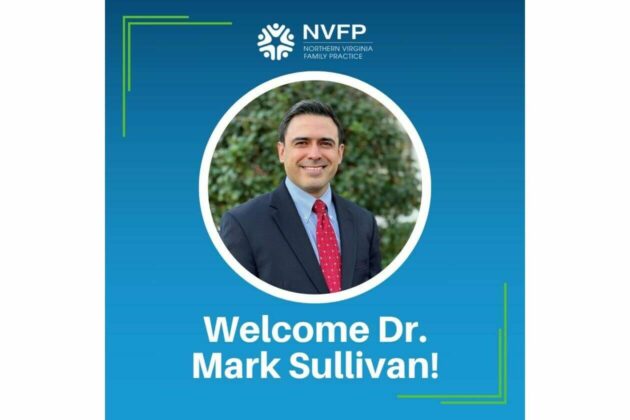
Northern Virginia Family Practice (NVFP), known for its comprehensive concierge healthcare, is thrilled to introduce Mark Sullivan, MD as the newest member of its family medicine team.
Dr. Sullivan brings a wealth of experience in family medicine, underpinned by a passion for delivering personalized, patient-centered care. He has a distinguished background in managing various medical conditions, emphasizing preventive care, health education and chronic disease management. Dr. Sullivan is adept at employing the latest medical research and technologies to enhance patient outcomes.
Beyond his medical expertise, Dr. Sullivan is committed to the well-being of his community, demonstrating this through his active engagement in local health initiatives and educational programs. His approach to medicine is holistic, focusing on integrating physical, mental and emotional health and patient education to achieve optimal patient wellness.
Dr. Sullivan is now accepting new patients at their newly established Arlington office at 2445 Army Navy Drive, Arlington, VA, 22206. The office, known for its patient-friendly amenities and state-of-the-art medical facilities, continues to provide the exceptional, personalized care NVFP is known for in its newly upgraded Arlington location.
Sweeney Todd
A victim of a gross injustice that robbed him of his wife and child, Sweeney Todd sets about exacting a terrible revenge on society.
Fascination
Goth-Dark Wave Dance Party with Belly Dancing and Drag King Show.
Part of OurAlternative Thursdays for Alternave People with Alternative Lifestyles
Performances By
Belladonna and the Nightshades
Ya Meena
Drag King - Ken Vegas
DJ Michelle Guided


